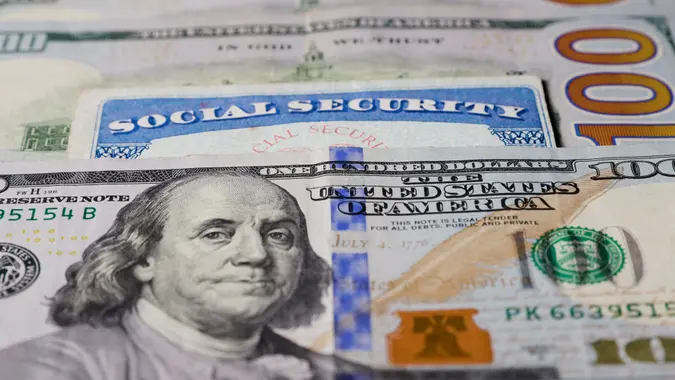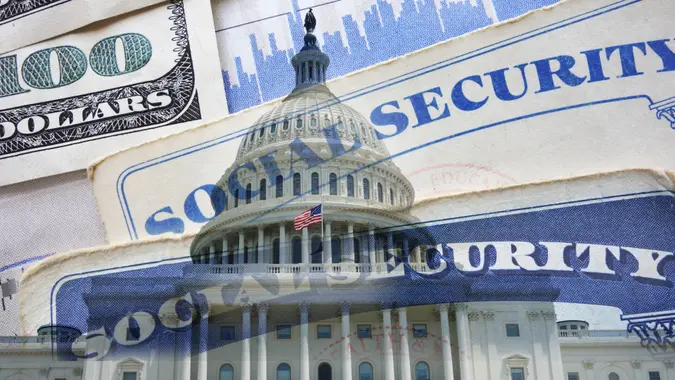This Hawaiian Island Is the Most Expensive To Retire

Commitment to Our Readers
GOBankingRates' editorial team is committed to bringing you unbiased reviews and information. We use data-driven methodologies to evaluate financial products and services - our reviews and ratings are not influenced by advertisers. You can read more about our editorial guidelines and our products and services review methodology.

20 Years
Helping You Live Richer

Reviewed
by Experts

Trusted by
Millions of Readers
With palm trees, ocean breezes and a laid-back vibe, who wouldn’t want to retire to Hawaii? Of course, there’s a cost associated with living in paradise, and it can be pretty steep. But costs differ from island to island, so it’s important to consider where in Hawaii you may want to retire.
There are four major islands in Hawaii: Oahu, Maui, Kauai and the big island of Hawaii. There are also four others — Molokai, Lanai, Niihau and Kahoolawe — but none of them has a population greater than about 7,500 people. Of the four largest islands, Oahu is the priciest, but the cost of living there is somewhat skewed by Honolulu, which is its largest city and has a very high cost of living.
How does the cost of living compare on each island? Here’s what you need to know.
Oahu
Oahu is the most populous Hawaiian island, with nearly one million people, but only the third largest in size.
The cost of living in Honolulu, the largest city on Oahu — and the largest on any island — is 84% higher than the national average, making it one of the priciest areas in Hawaii. Most of this increased expense is due to the high cost of housing, which is 214% higher than the national average. Groceries are 50% more than average.
Rather than live in bustling Honolulu, many retirees choose to live in Kailua instead. In addition to a more reasonable cost of living — 31.9% higher than the national average — Kailua has a more relaxed atmosphere and better access to healthcare.
Maui
The cost of living on Maui is 60% higher than the national average, making it more affordable than Oahu but still pricey. Kahului is the largest town on Maui, but many retirees choose to live in Kapalua, which is quieter and is well known for its recreational activities, including championship golf courses.
Kauai
The cost of living in Kapaa, the largest city on the island of Kauai, is 54.6% higher than the U.S. national average. Housing, groceries and utilities are all significantly higher than the national average, but the cost of healthcare is lower, which may make it an attractive choice for retirees.
The Big Island Hawaii
Hilo is the biggest city on the big island of Hawaii, and the cost of living there, while high relative to the average nationwide, is relatively affordable for Hawaii. The overall cost of living is 46% higher than the national average, with housing costing 47% more than what the average American pays. Pahala, a smaller town on the big island, has a similar cost of living.
The big island is a beautiful spot for retirees looking for a little slice of paradise in which to live out their golden years. Breathtaking waterfalls, lush gardens and exotic wildlife are just some of the natural wonders of this gorgeous area.
If you’re looking for a relaxing place to retire that will make you feel like you’re on vacation all year round, you can’t go wrong with any of the Hawaiian Islands. But if cost is a factor, you may want to choose wisely.
 Written by
Written by  Edited by
Edited by 

























